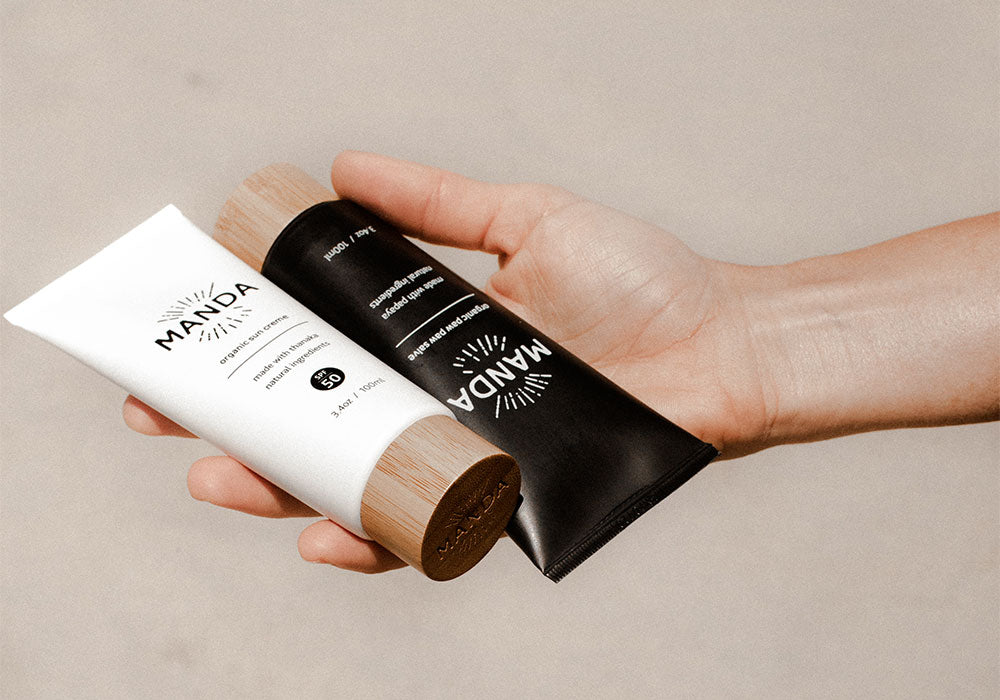Why Choose A Physical Sunscreen?


There are two types of sunscreens you can choose on the market. Chemical sunscreen, your typical spray-on or lotion sunscreen, and physical sunscreen that you can visually see on your skin, usually created with minerals.
When you choose a chemical sunscreen it absorbs into your skin and can’t be seen once you rub it in. They contain chemical carbon absorbers like oxybenzone, octinoxate, avobenzone, and others that act as a vehicle to help UV light penetrate into the skin, scatter it, and convert it into heat.
Most of these ingredients were approved in the 70s without proper testing. They also use a lot more ingredients than physical, so it’s more prone to causing clogged pores or acne, cause irritation (the higher the SPF the more irritation), increase redness in rosacea-prone skin types, drip into and burn your eyes, and are linked to hormone disruption. When you use this type of sunscreen, your skin acts like a sponge to all the chemicals used in the formula.
On the other hand, physical sunscreens sit on top of your skin, reflecting UV rays away from the marked area, the same way white paint reflects light. Minerals like zinc oxide and titanium oxide are used to reflect sunlight instead of absorbing it like chemical sunscreen. And equally important, if the mineral active ingredients are nano-sized, they can sink into the bloodstream and cause DNA and cell damage.
That’s why at MANDA we use non-nano zinc oxide, in combination with organic coconut oil, organic almond oil, organic beeswax, organic cocoa butter, organic cacao powder, organic shea butter, organic cinnamon oil, and thanaka. We made our products so safe that you can actually eat it.
After all, why put something on the largest organ of your body, if you can’t actually put it in your mouth too?


